Subterranean termites can literally eat you out of house and home. Finding termite activity early can prevent massive damage to your home. Termites work slowly and quietly, without the homeowner realizing what is happening. In this article we will discuss the early signs of a termite problem and what to do if you discover one.
In Pennsylvania, we only have subterranean termites, which means they live and travel underground and in wood. They require two basic needs, moisture and wood. Since they live underground, subterranean termite damage is mostly limited to the basement and first floors of homes in our area.
Want to prevent termites? Check out our page on 12 Proven Ways to prevent termite infestations.
Evidence you have Termites
There are many ways to discover you have termites, but we will focus on the 3 most common ways homeowners learn their house has termites. Although subterranean termites are elusive to see, their damage and activity can be easily spotted in most cases.
Termite Mud Shelter Tubes
Subterranean termites cannot be exposed to the open air. In order for them to travel outside of the wood or soil, termites will create mud shelter tubes.
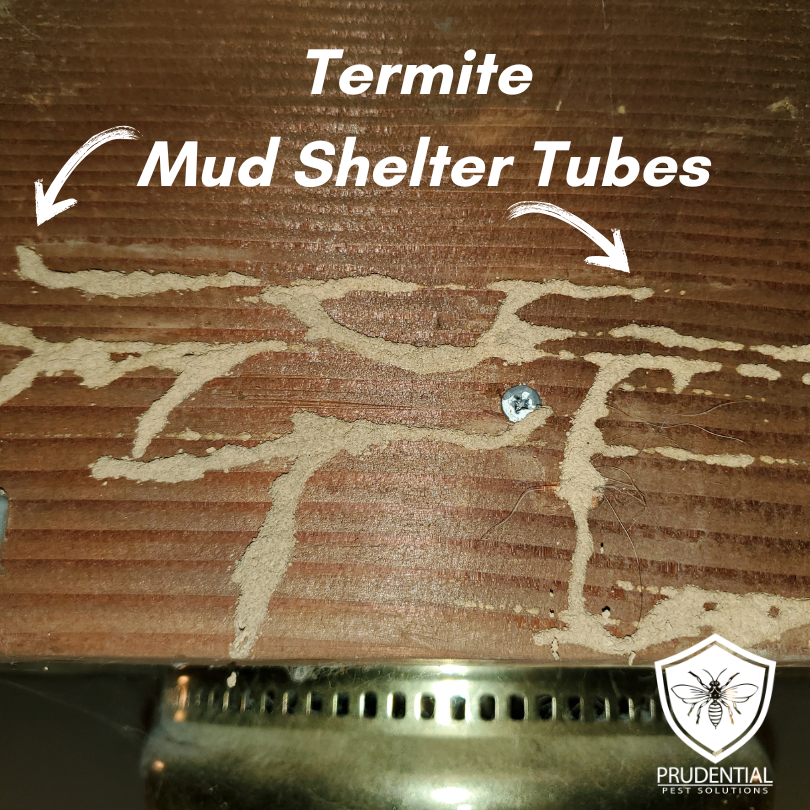
As we can see on the picture, the mud shelter tubes were placed on the outside of the wood on in the basement. Mud shelter tubes can also be found along foundations and anywhere else that termites need to travel.
The mud shelter tubes allow the termites to maintain a certain humidity while they travel. This is important to the termites because they cannot be exposed to light or the open air.
Finding termite mud shelter tubes are definitive evidence of a termite infestation. Only termites will create these structures so if you see shelter tubes, you have termites. When the mud shelter tubes are scraped away, you may see live termites inside. Live termites are white and small, about the size of half a grain of rice.
Termite mud shelter tubes can be scraped away to determine if there is an active termite infestation. Often, during a termite treatment, we will remove the mud shelter tubes to monitor if they return or are re-built. If the mud shelter tubes are re-built after the treatment, it means that there are still active termites.
Mud shelter tubes will be found on basement walls, wall framing, floor framing, and flooring. You can simply use a flashlight and start inspecting the wood in your basement or first floor to see if you have termite mud shelter tubes.
Termite Swarmers and Alates
Termites create winged individuals called alates, or swarmers. Termite swarmers or alates are the reproductive members of the termite colony. Their job is to leave the termite colony, mate, and start a new termite colony.
Termite swarmers are the only members of the termite colony with wings. They are also dark in color which is different than the rest of the colony. The swarmers will look like ants with wings due to their body style and coloration.
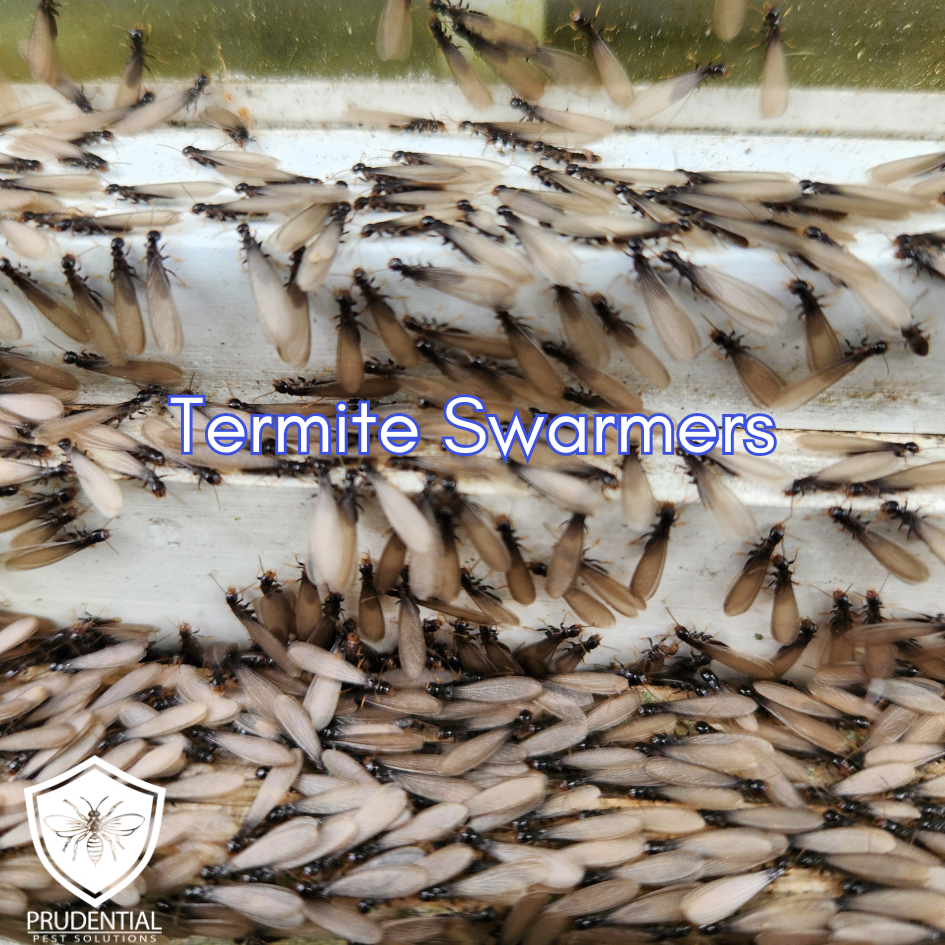
Termite swarmers are created by the colony in the spring and usually leave the colony in spring and summer. These reproductive members of the termite colony then mate with other termite swarmers to produce a new termite colony.
Many homeowners will find termite swarmers in their basement or at a windowsill on the first floor of the home. If you see what looks like ants with wings, it may be termites.
Homeowners may not actually see the termite swarmers but instead find a pile of insect wings near a windowsill or basement floor. Termite swarmers will shed their wings easily so finding just wings can also be an indicator of termites.
On average, it takes a termite colony 5-7 years before the colony is strong and large enough to produce termite swarmers. This means that if a homeowner sees termite swarmers, the home has had termites for a minimum of 5 years!
Ants will also create swarmers or alates as well. Just like termites, ant swarmers look like ants and have wings. There are some key differences between termite and ant alates. Termite swarmers have a body that is not segmented. Ant swarmers have a pinch-point in the middle or node. Termite swarmers have wings that are the same size where ant swarmers’ wings are different sizes.
If you find what looks like ants with wings, it very well could mean termites and a positive identification is needed immediately. Most pest control companies will be able to identify a termite swarmer with just a picture. Maybe it’s simply ants or maybe it’s termites, either way you will benefit from the peace of mind knowing what exactly they are.
Termite damage that you can see
Termite damage can go un-noticed for years. This is because termites may be damaging the wood behind walls and floors that we cannot immediately see. Termite damage is most noticeable when on exposed wood in a basement or unfinished room.
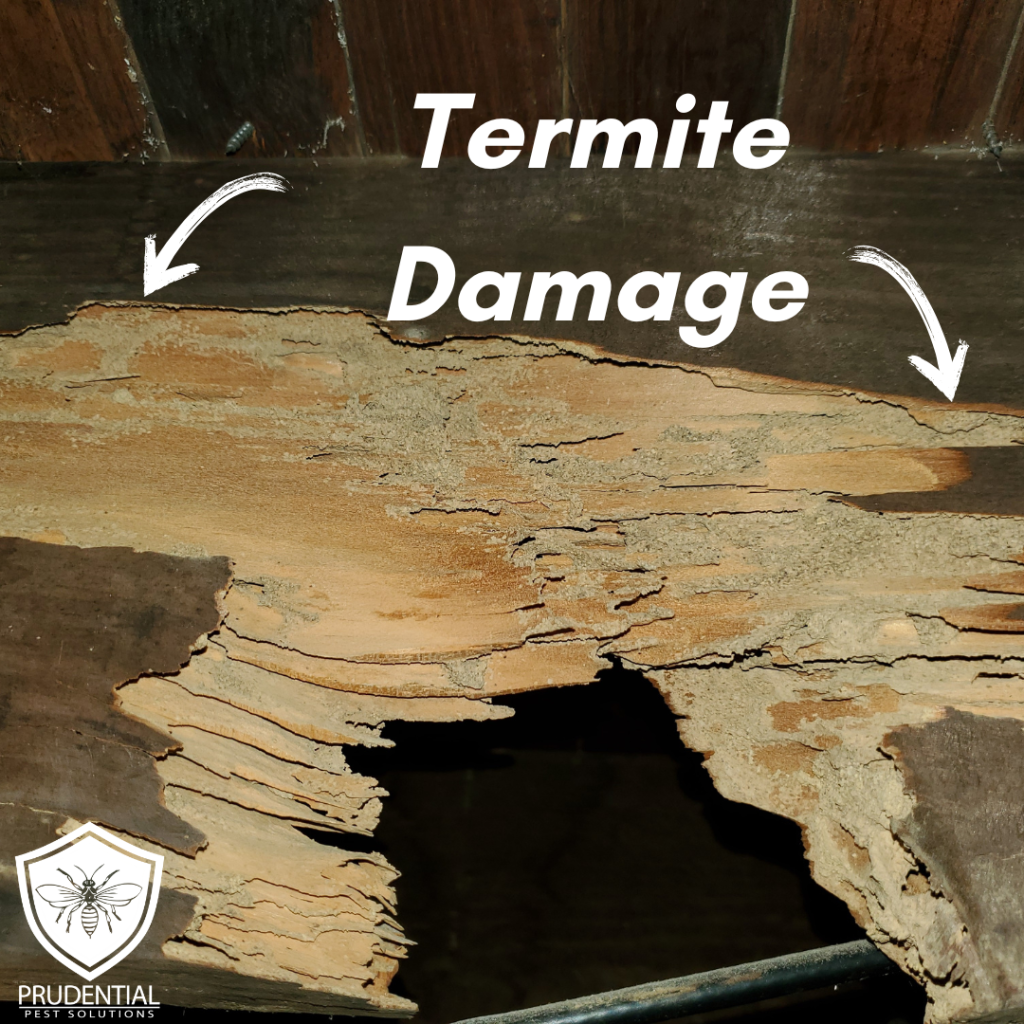
In this picture, the termite damage to this floor support is extreme and noticeable. We can see that there is damage to the wood itself as well as mud shelter tubes.
Damage wood may be soft and spongy or brittle and flaky. You can tap on wood with a solid object to see if it is soft or brittle.
The wood in your home is designed for support and termites chewing on the wood can cause significant support issues.
Many homeowners discover termite damage to the wood in their home when they remodel or have a construction project completed. The contractor or homeowner may notice that the wood support is damaged and needs to be repaired or replaced.
Simply having damaged wood is not evidence enough for a proper termite diagnosis unless it shows other termite evidence. In the above picture, the wood is damaged and there are clearly visible mud shelter tubes and smooth channels in the wood. This is clear evidence of termite damage and termite activity.
Other situations can also cause wood to be soft or brittle such moisture, rot, or other wood destroying pests such as wood beetles and carpenter ants. If you discover damaged wood, it’s a good idea to have a termite professional check it out to determine what caused the damage.
I see saw dust and wood shavings, is that termites?
Subterranean termites do not create saw dust or wood shavings. Termites have a bacterium in their gut which allows them to actually eat and digest wood and cellulose materials. This means that the wood that termites infest is not only a home, but also a food source.
Seeing saw dust or wood shavings is usually caused by other wood pests. Carpenter ants also chew wood but since they cannot digest the wood, they leave large piles of wood dust and frass. Frass is a combination of wood debris and insect parts. If you see piles of saw dust with little black spots in it, it is most likely carpenter ants.
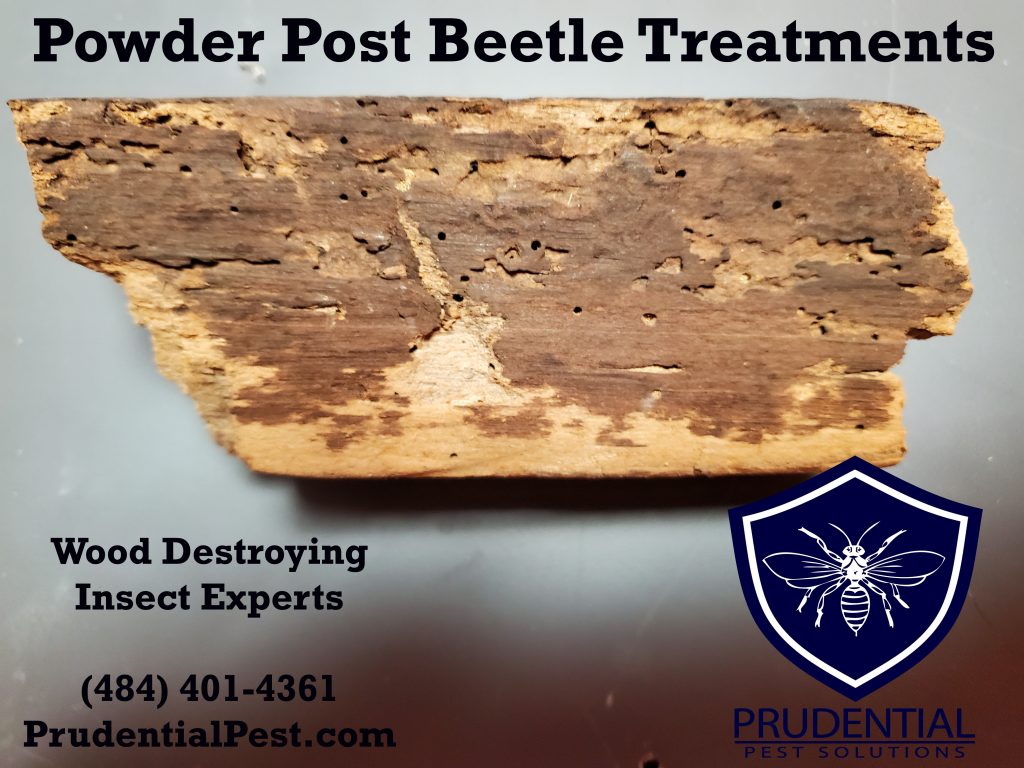
Other wood pests that will make saw dust or wood shavings include wood beetles. Powder Post Beetles, for example, create very fine wood powder as they exit the wood they are living in.
The wood they infest will have very small holes in it as opposed to termite damage to the wood.
Both carpenter ants and wood beetles are treated differently than termites. This is why proper identification of the pest is critical to formulating a proper treatment plan.
Every spring I see a bunch of ants with wings for a week, are they termites?
As mentioned above, termites and ants create winged individuals called swarmers or alates. Termite swarmers will usually emerge in spring and summer in Pennsylvania and may only be seen for a few days at a time. Many homeowners will spray these swarmers with a common insecticide and then they don’t see the swarmers anymore. Although the homeowner eradicated the swarmers, the termite problem is still happening.
If you find winged ants or piles of wings every spring or summer in your house, you need to call a professional termite company to identify whether it is ants or termites.
Treating just the swarmers will not resolve an ant or termite infestation.
Termite Control Professionals
Prudential Pest Solutions are the termite control professionals that can protect your home from termites for years and years. We have the knowledge, experience, and equipment to treat and eradicate ANY termite problem you have. Finding the early signs of a termite problem is what we are experts in.
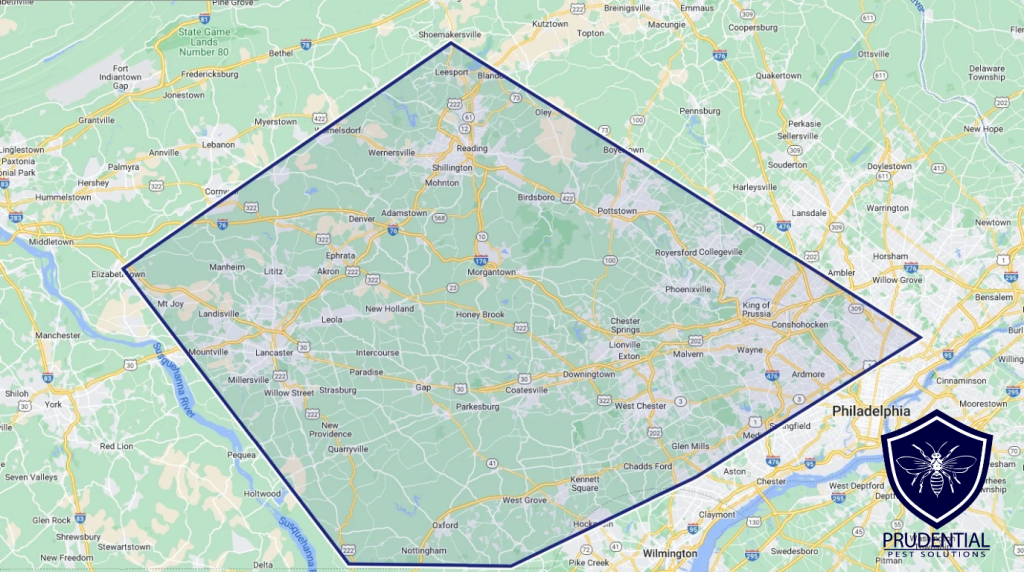
Prudential Pest Solutions is a full-service termite and pest control company that services all of Southeastern Pennsylvania.
Some of the many areas we service include:
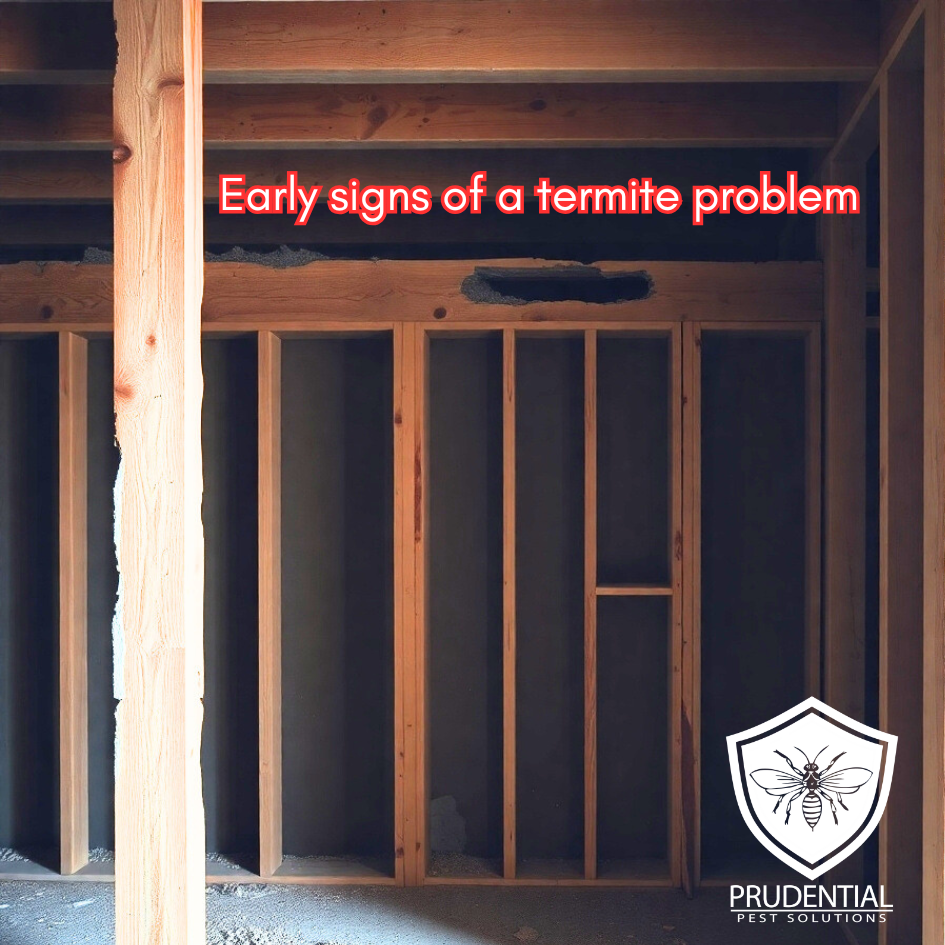
Comments are closed